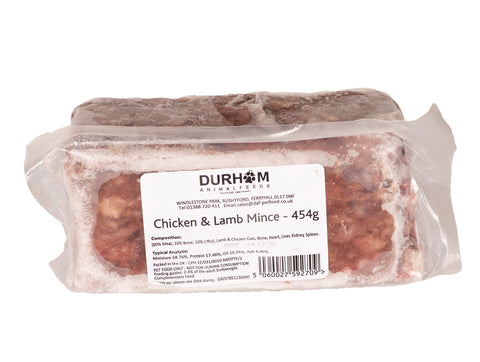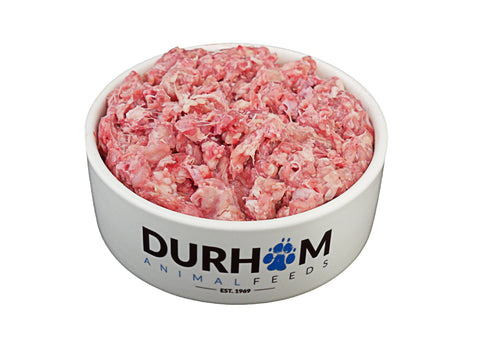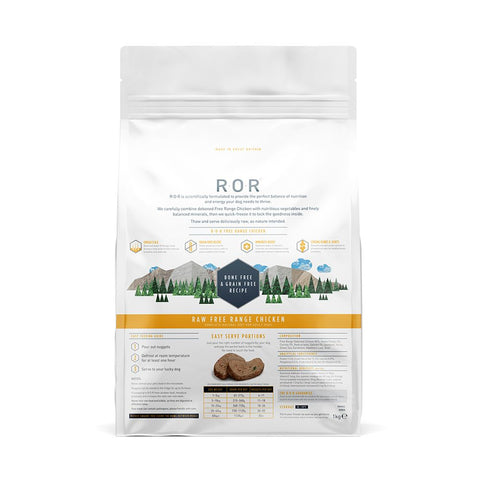Speckled King Snake Care Sheet

Speckled King Snake – Lampropeltis getula holbrooki
Description
First discovered in 1842 the speckled king snake also known as the salt and pepper snake is a subspecies of the common king snake. These king snakes are also listed as a threatened species in Iowa. They have a small head which is roughly the same size as the neck, have black or red eyes and a long, smooth slender body. Whilst they come in many different colours and morphs, the standard speckled king snake has a black or dark brown body with white or light yellow specks along the back and a creamy white or light yellow underside.
Adult Size
The speckled kingsnake will usually grow to an average of 4ft long, but given the correct care some have been known to reach lengths of around 5ft. Certain species can attain lengths of around 7ft, but the speckled kingsnake fortunately isn’t one of them.
Life Span
Speckled kingsnakes live for around 10-20 years on average
Natural Habitat
Native to central and southern areas of America, from Iowa to the Gulf of Mexico, the speckled kingsnake prefers to live in damp conditions than the other kingsnakes and can mainly be found living in swamps, marshes, woodlands, open fields, pastures and beside rivers or near water.
Breeding
Speckled kingsnakes reach sexual maturity at around 2 years old, but many breeders prefer to go by the weights of their snakes to judge when they are ready to breed. Once the female has been through a winter brumation period of 2-3 months, and has been eating well and shed her skin, she should be ready to breed. If the female is ready she will stretch out and allow the male to slither next to her, if not she will let the male know by either bunching up her body or tapping him with her tail! Make sure your female is receptive to the male, if she isn’t remove him straight away and try again in a few days time, don’t leave your snakes together overnight as kingsnakes are cannibalistic and do eat other snakes in the wild! There are many accounts of breeding attempts gone wrong where one snake sees its mate as dinner instead. Ensuring your snakes have been fed at least a couple of days before pairing them up will help prevent cannibalistic behaviour, but is still not guaranteed. Once mating occurs and your female becomes gravid (pregnant), she will lay between 5-17 eggs about 35-49 days later. Eggs incubate at 28C and after 55-60 days they should start hatching. Hatchlings measure between 7-9 inches long and should be given their first meal after they have shed for the first time.
Diet
Speckled kingsnakes are carnivores that kill their prey in the wild by constricting (wrapping their body around their food and squeezing until it stops breathing) and should mainly be given thawed out frozen mice or chicks as a treat. The size of the mouse will depend on the size of your snake but as a rule all food should be no wider than one and a half times the width of the snakes head. Hatchlings should be given pinkies once a week and adults should be fed an adult mouse once every 7-10 days. Do not feed your snake live food under any circumstances. Not only is it unnecessarily cruel to the mouse, the prey will understandably fight for its life and can harm your snake. Regardless of snakes taking live prey in the wild, being in a vivarium in captivity is obviously a completely different scenario and is almost certain to end up in injury. You would simply need to google images of the damage mice/rats have caused captive snakes to understand why it is NOT recommended. Frozen mice and chicks are readily available from almost any pet shop. If your snake is being a picky eater then make sure the food is the right temperature and isn’t too hot or cold, or if that doesn’t work then you can use a technique called braining where you cut into the skull of the mouse and the smell of the brain should get your snake to eat. A shallow water dish should also be provided and water should be changed regularly. You do not have to add calcium and vitamin supplements to a snakes diet, however, some people like to dip the rear end of defrosted pinky or fuzzie mice into Nutrobal before offering it to their snake. This will help to bump up calcium levels, as the bones in young mice are not properly formed and do not contain as much calcium as older more developed mice.
Temperament
Kingsnakes in general are said to be a be a bit nippy to begin with, but with regular handling they should quickly become placid and friendly once they realise you are not a threat. Hungry kingsnakes tend to think everything is food and until they learn they cannot eat human, they can give it a go a few times. They make great pets as they are very inquisitive and energetic and they should become used to you handling them fairly quickly. Try not to overhandle your snake though as this can make them stressed and they may refuse their food or may poop on you whilst being handled! Remember to wash your hands before and after handling your snake to get any food smells off and avoid being accidently mistaken for food. Do not handle your snake for up to 48 hours after feeding to give them time to digest their food properly, if picked up too soon after eating your snake may regurgitate (throw up) its food.
Socialising
As speckled kingsnakes are cannibalistic and are one of the more aggressive species of kingsnake, they must be kept separately.
Shedding
A hatchling will shed its first skin roughly a week after hatching. Your kingsnake will then continue to shed its skin periodically throughout its life. Just before your snake sheds it may refuse food and not want to be handled, its skin will become dull and its eyes may appear cloudy or turn a blue/grey colour. During this time you can help your snake by misting the enclosure to raise the humidity. Kingsnakes like to soak in a bowl of water, so it helps if the water bowl you provide your snake is big enough for it to fully submerge in. Also ensure there is a humid hide filled with sphagnum moss that your snake can go in. Once the skin is loose enough they will rub their head along the accessories (rocks, hides etc) in the enclosure, and once the skin has come away from the head they will crawl out of the rest of the skin by rolling it inside out as they move. Your snakes skin should come off all in one piece providing the humidity in your enclosure is correct. Make sure to check if any skin is left stuck to your snake as it can cause infection or the skin underneath to die. The eye caps are a common thing to get stuck so check the head of the shed skin to ensure the snake has properly removed these. If you find some stuck shed, you can bathe your snake in luke warm water and try to remove the skin. Please only attempt this if you know what you are doing, otherwise seek professional advice, as you can easily do more harm than good if inexperienced.
Enclosure
As a rule your snake should have two thirds of space based on it’s overall length. So if you have a snake which is 6ft long your enclosure should be 4ft long, 2ft wide and 2ft high. These snakes are naturally very active, so they do appreciate a bigger vivarium with plenty of decor to climb on and explore. As most snakes don’t like being picked up or viewed from above it is best to get a solid enclosure with glass sliding doors (lockable doors are always a good idea too as all snakes are escape artists!). Make sure your enclosure is completely escape proof and double check there are no gaps that your snake can squeeze through. Provide plenty of places for your kingsnake to hide in on both the warm and cool end of the enclosure, such as half logs etc, making sure that the hide is not too big and your snake can just comfortably fit in to reduce stress. Also include lots of branches and ledges for them to climb. You can use newspaper, kitchen roll, aspen shavings or reptile carpet for a substrate. Always use a reptile specific substrate as certain woods such as cedar or redwood shavings are toxic for your snake. As these snakes love to be near water and are great swimmers it would be a good idea to try and include a container of water which is big enough for your snake to fully submerge in.










